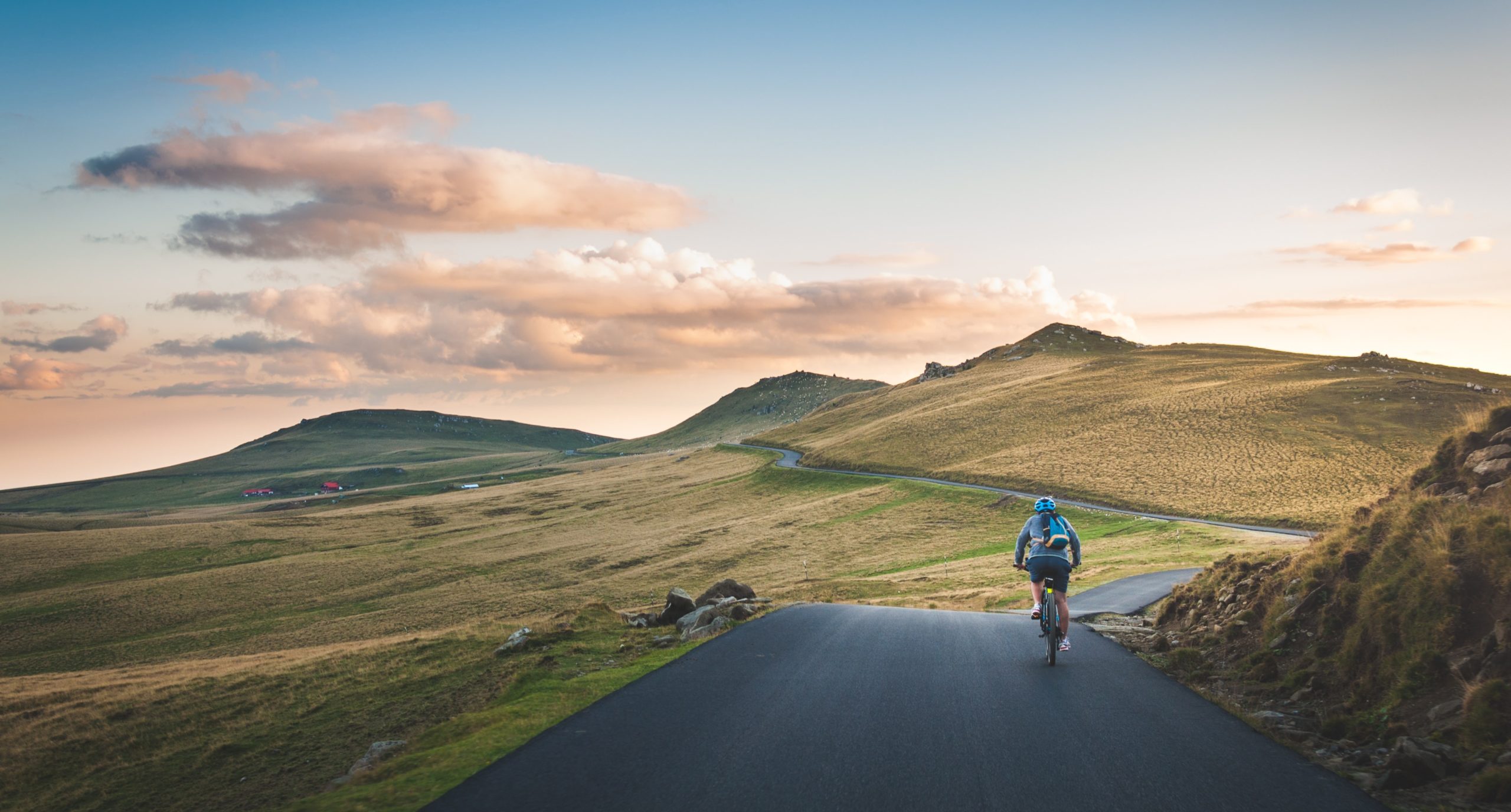9 Tips for Triathletes Riding in Headwinds and Crosswinds
How to triathletes and cyclists can safely navigate riding in windy conditions while training and racing.

You’re flying down the road, cruising with ease when–BAM!–you round a corner and are smacked in the face by a headwind that slows you to a crawl. Or, you feel a crosswind hit you from the side, forcing you into the next lane.
Riding in wind is an unfortunate reality of cycling; here are some tips to help you power through.
1. Forget about the speedometer
Once those winds start howling, speed vs. relative effort starts going sideways. Speed is a byproduct of your effort and elements, so don’t focus on your mph/kph.
Instead, focus on heart rate, perceived effort and if you have it, power. These are directly related to energy usage and will be more accurate data points to pace against.
2. Get small
Surface area is your enemy, especially in windy conditions. The smaller and lower you can get, the less surface there is to create drag.
Keep a soft bend in the elbow, as close to 90 degrees as possible, and keep your head low, eyes forward.
If your bike is equipped with aero bars and the riding scenario permits, getting into that low aero position can greatly reduce drag and save you even more energy.
3. Streamline your gear
Make sure your gear and clothing are as streamlined as possible to reduce drag: tuck, zip or tighten anything that could “flap”. If temperature permits, remove any baggy outer layers and tuck them into your jersey pocket.
4. Low cadence/high gear
It may sound counter intuitive, but some people benefit by reducing their cadence by roughly 10 RPMs and going up a gear.
This maintains tension on the chain and consistent power to the back wheel, while keeping heart rate in line.
5. Watch the weather
Before heading out on a ride, always check the weather. Be aware of the conditions and plan accordingly.
If reports call for storms or strong winds, consider a route that is more sheltered by wooded areas and landscapes.
6. Leave the disc at home
Did you know that full disc wheels are not allowed at the Ironman World Championship in Kona Hawaii? This course is notorious for powerful cross winds on the Queen K Highway and has been known to blow riders right off their bikes.
If reports call for high winds, it’s best to leave deeper rim wheels at home as they create more surface area.
7. Position and grip
Maintain a firm grip on your handlebars. If you’re up on the hoods or down in the drops, make sure you have a strong–but not too tight–grip.
Consider shifting your center of gravity down and forward to keep your weight and power on the pedals and reduce side surface area.
Stay away from the edge of the road so winds don’t force you into traffic, gutters, etc.
8. Find the draft zone
If you are riding with others, using the rider in front of you to block the air resistance (aka drafting) can save you exponential amounts of energy.
In a headwind, tuck in right behind the rider in front of you. In a crosswind, start behind and move slightly towards the sheltered side until you find that sweet spot.
9. Throw it on the trainer
Of course if conditions are extreme, unsafe or you are not comfortable, there is always the option to put the bike on the indoor trainer and save your outdoor ride for another day.

